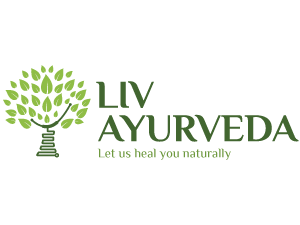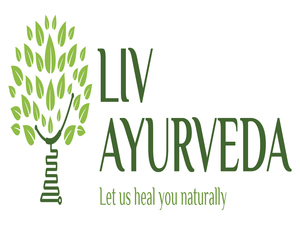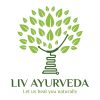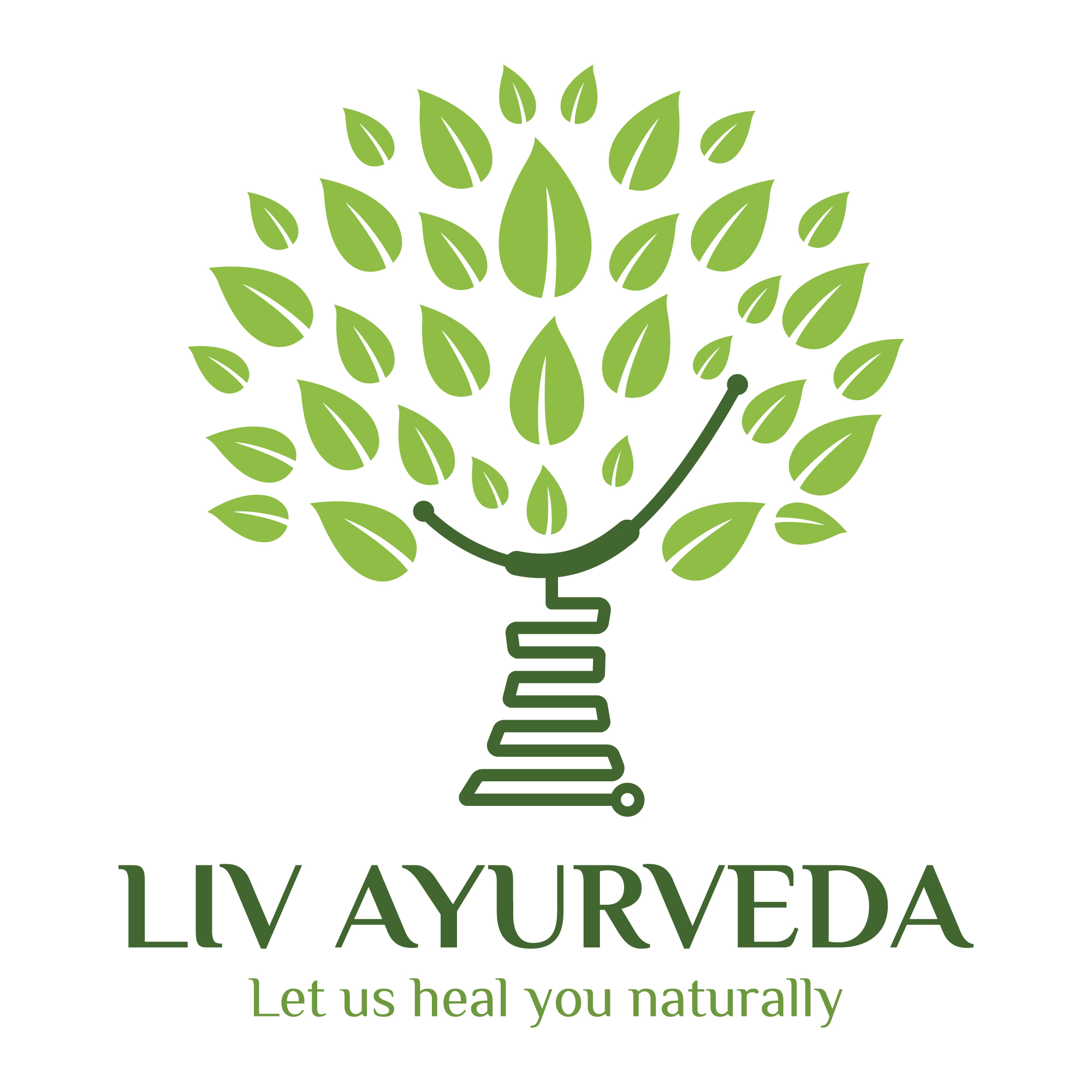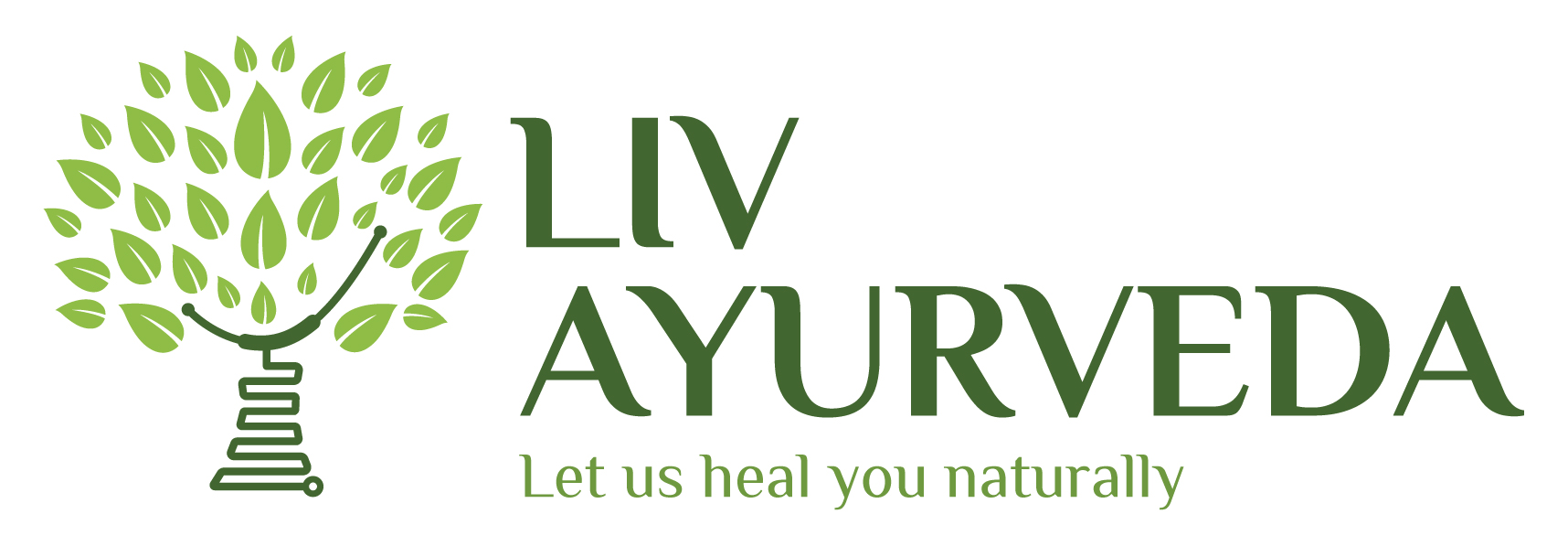Prana means breath and ayama means controlling. Pranayama means breathing exercise and is a stepping stone for meditation. In this contemporary world, Pranayama is a great tool to make you calm and present. As Pranayam is an active process, you can practice them even when you are feeling stressed and racing; leaving you calm and centred at the end of it. Each pranayama has three phases
- About Us
- Services
- Detox
- Massages
- Massages
- Abhyanga
- Padabhyanga
- Champi Massage
- Neck And Shoulder Massage
- Back Massage
- Shirodhara
- Takradhara
- Dhanyamla Dhara
- Kati Vasti
- Janu Vasti
- Hridaya Vasti
- Pinda Sweda
- Griva Vasti
- Churna Pinda Sweda
- Shashtika Shali Pinda Sweda
- Udwarthanam
- Ayurvedic Marma Massage
- Pizhichil
- Postnatal Massage
- Pregnancy Massage
- Karna Purana
- Netra Tarpana
- Thala Pothichil
- Navel Displacement Treatment
- Massages
- Treatments
- Retreat
- Resources
- Shop
- Contact Us
- Book Now
Cart
- How to Approach Yoga
- Streams of Yoga
- Yoga Poses
- Services
- Pratyahara
- Niyama/ Self Discipline
- Asanas/ Body Postures
- Yama/ Social Values
- More
- Raja Yoga
- Bhakti Yoga
- Karma Yoga
- Jnana Yoga
- Child Pose
- Downward-Facing Dog
- Staff Pose
- Cobra Pose
- More
- Yoga Therapy Consultation
- Group Yoga Classes
- Meditation Classes
Pranayama/ Breathing exercise

1. Puraka (breathing in)
2. Kumbhaka (holding breath), can be after breathing in or breathing out
3. Rechaka (breathing out)
The purpose of Pranayama is to extend the retention of breath.
Traditionally there are 8 types of pranayama known as Ashta kumbhaka, however lately there are many types of Pranayama by altering these traditional pranayamas. When practicing pranayama, make sure you sit down comfortably. Make sure your spine is straight and in line with your head. Practicing after asanas can help you be more focused and better at Pranayama.
Nadishudhi Pranayama (Alternate nasal breathing)
Here begin by breathing in through the left nostril, hold the breath for some time and breath out through the right. Hold again before you breath in and then breath in through right. Hold and then breath out through left. It helps to balance and calm the body, reduce anxiety, improve lung and heart health and induce a sense of wellbeing.
Samavrutta Pranayama (Box breathing):
A type of slow and deep breathing where inhalation, retention and exhalation take same amount of time. Samavrutta Pranayama helps to relieve stress and improve sleep and lung functioning.
Dirgha Pranayama (Long breathing)
Here breath in three stages, first breath in to expand your abdomen, then to expand chest and finally to expand your neck and shoulder. Hold and breath out slowly. This breathing helps to massage internal organs and to stimulate them. Helps to relax and improve lung functioning.
Brahmari (honey bee meditation)
A cooling and relaxing pranayama that helps in mental health, imbalance of Pitta, auto immune disorders, tinnitus, high blood pressure and so on.
Kapalabhati (forceful expirations)
Here breath out forcefully continuously inducing a forceful diaphragmatic breathing. It is a part of Yogic cleanse (Shat-karma). It can help to reduce Kapha and support in improving lung capacity, metabolism, skin health and can support in obesity, diabetes, menopause and so on.
Bhastrika (Bellows breath)
Breath in and out quickly and forcefully. It can help in improving lung and heart health.
Anuloma villoma Pranayama (Alternate nasal breathing):
Here begin by breathing in through the left nostril and out through the right. And then breath in through right and out through left. It can help to improve lung and brain functioning; and reduce sinus and respiratory inflammations.
Sheetali Pranayama
Here breath in through mouth and out through nose. Helps to cool the system and reduce acidity, Pitta and anxiety. It can reduce stress and support liver and pancreas.
Here breath in through mouth and out through nose. Helps to cool the system and reduce acidity, Pitta and anxiety. It can reduce stress and support liver and pancreas.
Surya Bhedana Pranayama
Breath in though right and out through left. Right sided breathing helps to warm up the body and reduce depression, fogginess, etc
Chandra Bhedana Pranayama
Breath in though left and out through right and helps to cool down the body and reduce anxiety.
Sheetkari Pranayama (Hissing breath)
Here breath in though parted lips while keeping upper and lower teeth together and tongue rolled in and then breath out through nose after holding the breath for some time. This is also a colling Paranayam that helps to open up Chakras and induce deeper sense of wellness.
Ujjayi pranayama (Ocean breathing)
Breath in though nose deeply, and then constrict the throat so that you can feel the ocean sound. Then breath out through nose. Ujjayi breathing helps to energise and calm you at the same time leaving you in a deep relaxed state.
Plavini Pranayama (floating breath)
An advanced Pranayama where breath is hold for 30 to 90 minutes.
Murcha Pranayama (Fainting breath)
Is an advanced Pranayama that induces fainting to support sense withdrawal.
Whether to relax or to improve your health and wellbeing, doing Pranayama can help you. Visit Liv Ayurveda to learn about Pranayama and to support your wellbeing.
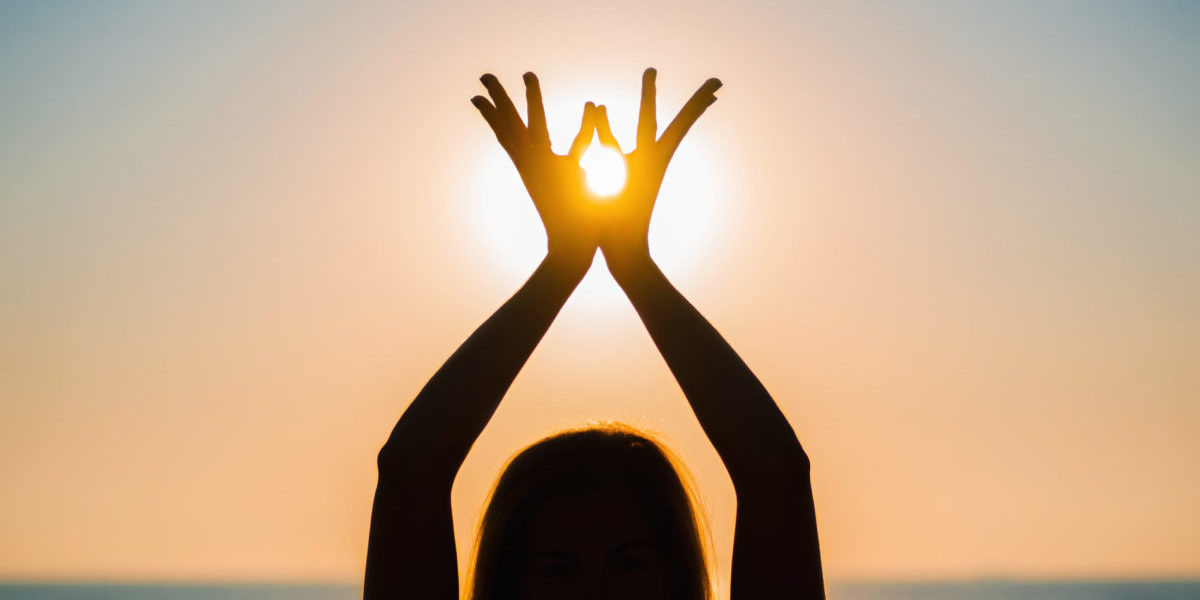
Yoga mudra
Mudra is a hand gesture that is believed to stimulate certain parts of the brain, improving involuntary reflexes and there by stimulating better energy flow. These gestures are maintained in Pranayama and Yoga postures to attain better results. They also help in the attainment of enlightenment by deepening the experience of meditation. There are 8 traditional mudras
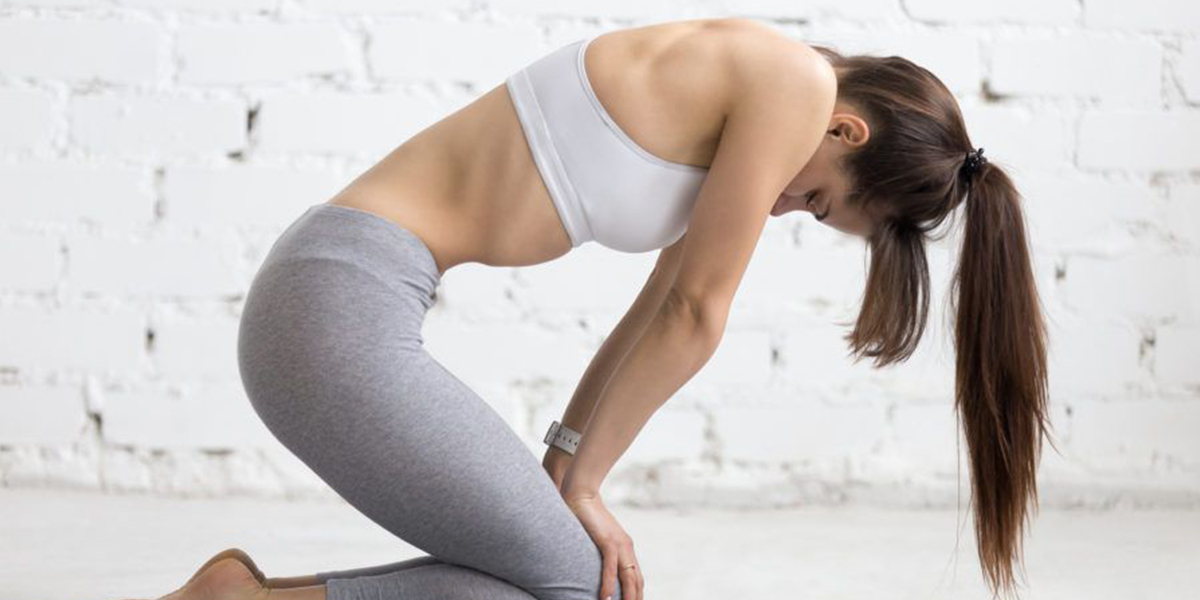
Bandhas (Internal Yogic locks)
Internal Yogic locks are practices that helps to intensify your experience of Yoga. It also helps to shape the flow of energy. There are 3 bandhas, they especially support with the flow of 5 Vayu in the body. They also help to lift the awareness and address negative emotions. Regular practice of Bandha helps to improve health, resilience, stamina, well being and helps us to reach enlightenment.

Shatkarma (Yogic cleansing)
Shatkarmas are the six cleansing practices of Yoga practitioners that help to maintain physical wellbeing so that practitioners can progress towards higher practices of Asanas, Pranayama and, meditation and attain enlightenment. They are also known as Shatkriyas
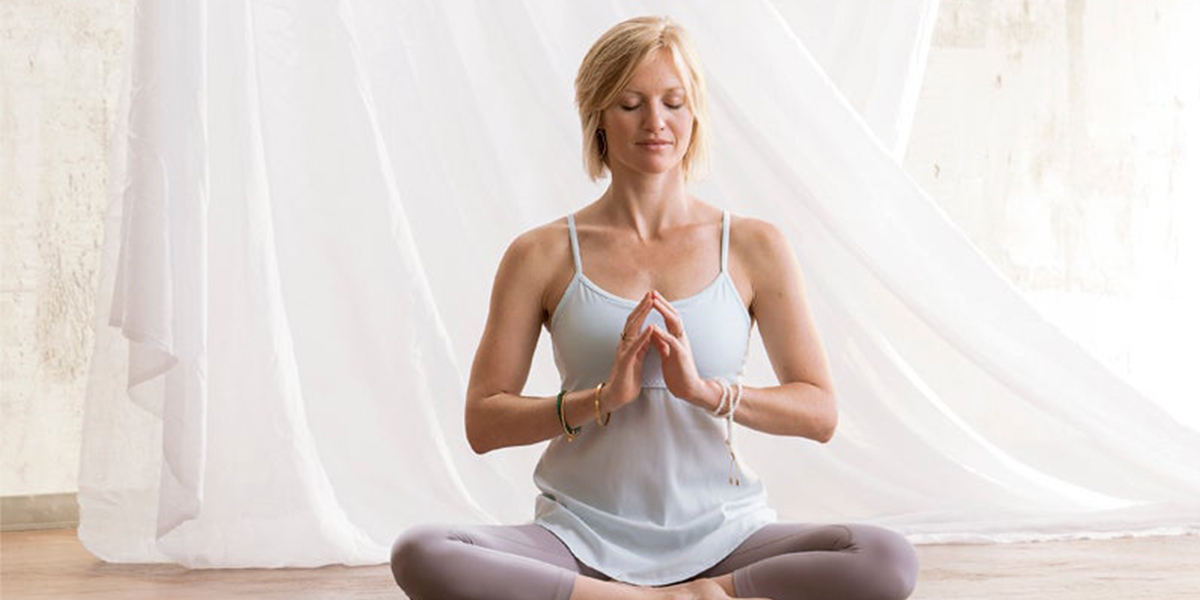
CHAKRAS
Chakra means wheel in Sanskrit. These are the controlling centres of the Nadi (channels of energy which can be roughly translated as nerves) that controls organs a well. There are numerous chakras in the body, however the major ones are seven in number.

Kundalini Sakthi
It is the divine creative power that is coiled at the base of the spine. When awaken, it flows through chakras to Sahsrara, the crown chakra resulting in expanded consciousness. It gives us spiritual awakening and higher conscious awareness.
